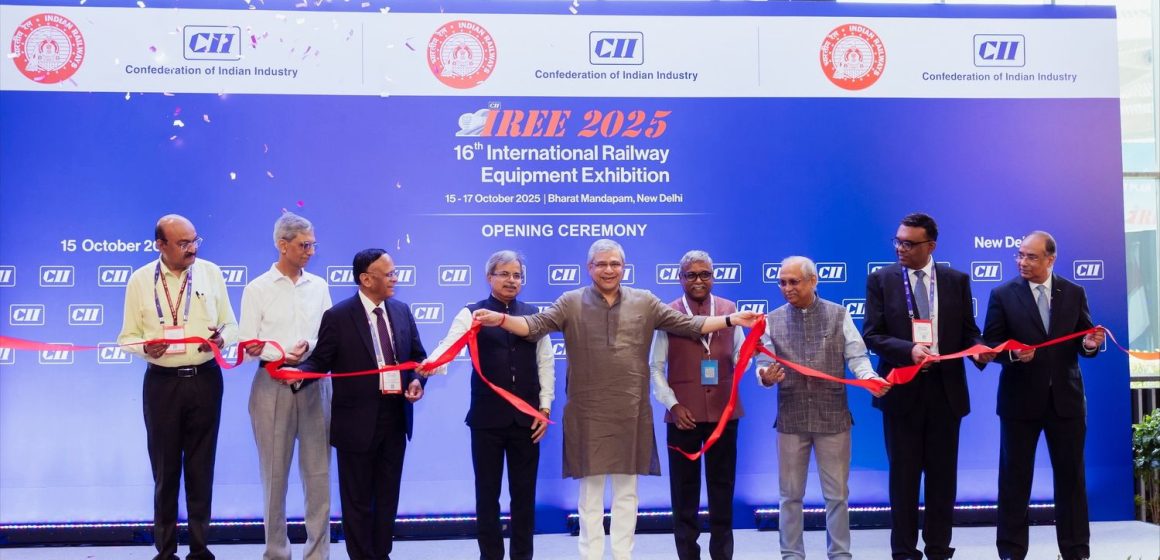The Railway Minister’s announcement signals a dramatic scale-up of India’s high-speed rail ambitions—extending far beyond the 508-km Mumbai–Ahmedabad bullet train corridor. Under the National Rail Plan, 11 corridors have been identified for phased development, with dedicated passenger lines now central to India’s transport strategy.
In one of the most ambitious initiatives to be undertaken by the world’s fourth-largest rail transport network, Railway Minister Ashwini Vaishnaw on Wednesday announced plans to develop 7,000 km of dedicated high-speed passenger corridors by 2047.
The corridors will be engineered for trains running at speeds of up to 350 kmph, with an operating speed of 320 kmph. They will feature indigenously developed signalling systems and modern operations control centres.
“We have to start constructing dedicated passenger corridors because we are 1.4 billion people; the amount of transportation demand is humongous,” Vaishnaw said, speaking at the inauguration of the 16th International Railway Equipment Exhibition (IREE) 2025 in New Delhi.
The announcement marks a major expansion of India’s high-speed rail ambitions beyond the Mumbai-Ahmedabad High Speed Rail (MAHSR) or the bullet train corridor expected to be operational by 2029. The National Rail Plan, announced in 2021, has identified 11 high-speed corridors for phased development.
The scale of the extension envisioned by Vaishnaw can be gauged from the fact that the under-construction MAHSR corridor spans just 508 km.
Vaishnaw said India’s reliance on foreign suppliers is waning, citing the success of the Vande Bharat Express. “Vande Bharat 3.0 matches the best in the world on technical parameters. It accelerates from 0 to 100 kmph in just 52 seconds—faster than many trains in Japan and Europe,” he said.
India launched its first Vande Bharat train in 2019, after foreign suppliers such as Talgo quoted a steep price for the trainsets. The semi-high-speed service was developed indigenously under the Make in India initiative.
Vande Bharat 4.0 is expected to launch within 18 months, with improved toilets, seating, and workmanship.
“Our goal is to make Vande Bharat 4.0 the global standard—so advanced in quality and comfort that countries around the world would aspire to adopt it,” Vaishnaw said.
He also highlighted progress on Amrit Bharat trains. Version 2.0 is operational, while 3.0 is under development using push-pull technology. Amrit Bharat 4.0 will feature next-generation trainsets and locomotives, with prototypes expected within 36 months.
Manufacturing Scales Up
In 2024-25, Indian Railways produced 7,000 coaches, nearly 42,000 wagons, and 1,681 locomotives. The country’s first 9,000-horsepower (HP) electric locomotive was inaugurated, while 12,000 HP units are already in operation. India currently operates 156 Vande Bharat, 30 Amrit Bharat, and four Namo Bharat services.
Vaishnaw said sustained budget increases over the past 11 years have enabled the laying of over 35,000 km of new tracks and 46,000 km of electrification.
“Indian Railways has become the world’s second-largest freight network, surpassing the US,” he said, adding that locomotives are now being exported to Africa, Australia, and other countries.
He also confirmed that the Dedicated Freight Corridor project is 99 per cent complete and that more than 1,300 railway stations are being redeveloped under the Amrit Bharat Station Scheme.
Jointly organised by the Confederation of Indian Industry (CII) and Indian Railways, IREE is Asia’s largest showcase of cutting-edge railway technology and innovation. Themed ‘Future-Ready Railways’, this edition is being held at Bharat Mandapam from October 15-17. More than 450 exhibitors from over 15 countries are participating, showcasing modern rail and metro products, innovations, and sustainable solutions.
– Manish Pant


